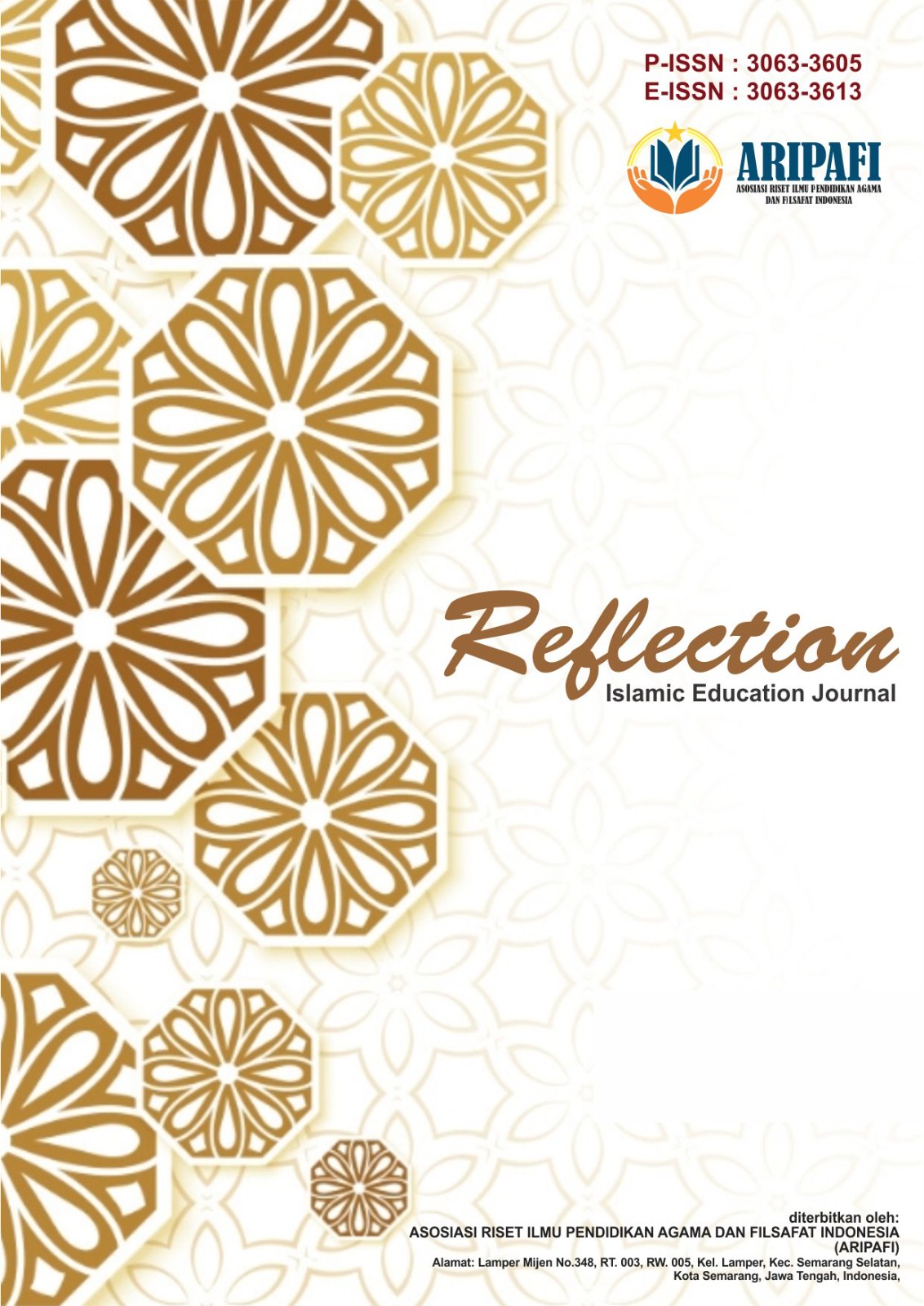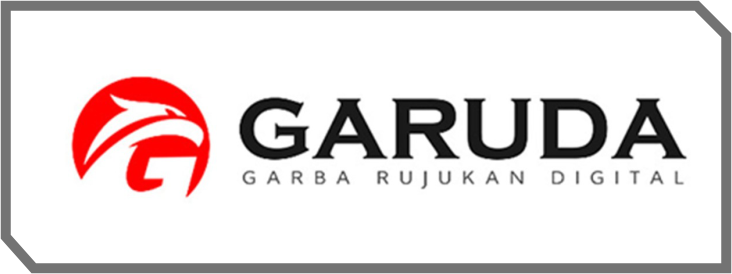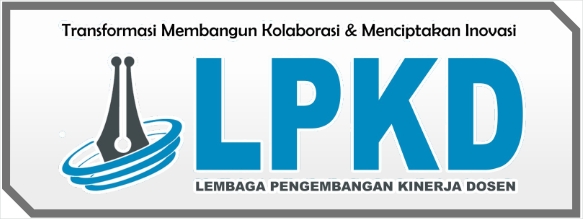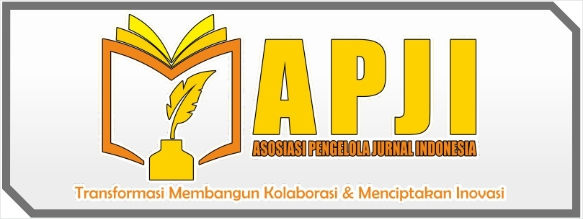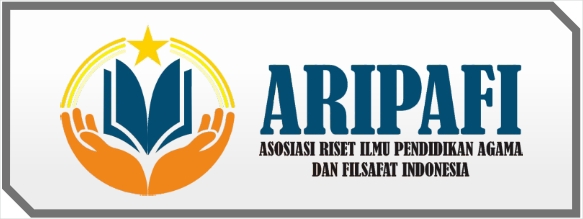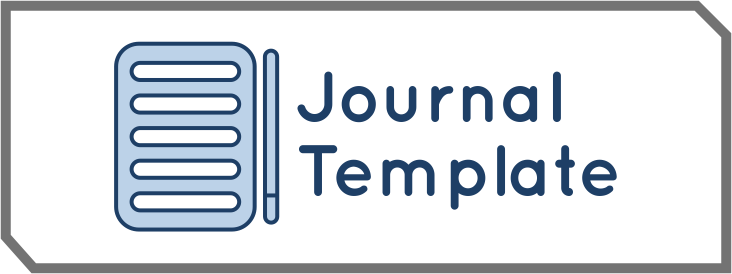Motivasi Siswa dalam Menghafal Al-Qur`An Menggunakan Metode Wahdah di Rumah Tahfidz Tuo Surau Jorong Ladang Tibarau Nagari Koto Tangah Kec. Tilatang Kamang
DOI:
https://doi.org/10.61132/reflection.v2i2.640Keywords:
Al-Qur'an, Student Motivation, Wahdah MethodAbstract
The purpose of this study is to describe and examine the motivation of students at Rumah Tahfidz Tuo Surau Jorong Ladang Tibarau Nagari Koto Tangah District to memorize the Al-Qur’an using the wahdah method. Kamang Tilatang. This study employed a descriptive qualitative methodology, gathering data via documentation, interviews, and observation. The study’s findings demonstrate that two internal and external elements encourage pupils to memorize the Al-Qur’an through the wahdah method. Talent is the primary internal component. Students possess skill in memorizing the Al-Qur’an through the wahdah method because they have a passion for learning letters by heart. A brief correspondence. When employing the wahdah method to memorize the Al-Qur’an, pupils are motivated because of them who declare their desire for Allah SWT’s mercy and intervention. Students at Rumah Tahfidz Tuo Surau possess varying levels of intelligence when it comes to memorization of the Al-Qur’an. The availability of a tahfidz instructor is an external aspect; the teacher stays at the tahfidz home constantly and helps students memorize the Al-Qur’an. When learning the Qur’an, pupils are given certain time to memorize it, allowing them to focus more on the Qur’an memorization process. Factors related to the home environment, such as parents’ genuine support for their children’s adherence to the tahfidz of the Even among students who recite memorization recitations and recitations on memorization, it turns out that many students have not completed the memorization deposit according to what has been determined when it comes to the Koran, even with the right time to memorize and having targeted memorization.
References
Arifin, S. (2017). Revitalisasi keluarga sebagai lingkungan pendidikan. Jurnal Kariman, 5(1), 1–22. http://ejournal.stit-alkarimiyyah.ac.id/index.php/kariman/article/view/40
Asy’ari, A. W., & Sukmaningrum, D. A. S. (2022). Strategi mengembangkan sumber daya manusia dalam meningkatkan mutu pelayanan. SIBATIK: Jurnal Ilmiah Bidang Sosial, Ekonomi, Budaya, Teknologi, dan Pendidikan. https://www.publish.ojs-indonesia.com/index.php/SIBATIK/article/view/490
Creswell, J. W., & Creswell, J. D. (2018). Research design: Qualitative, quantitative, and mixed methods approaches. SAGE Publications.
Indraswati, D., Widodo, A., Rahmatih, A. N., Maulyda, M. A., & Erfan, M. (2020). Implementasi sekolah ramah anak dan keluarga di SDN 2 Hegarsari, SDN Kaligintung, dan SDN 1 Sangkawana. JKKP (Jurnal Kesejahteraan Keluarga dan Pendidikan, 7(1), 51–62. https://doi.org/10.21009/jkkp.071.05
Indriani, F., Diba, F., & Ubaedullah, D. (2021). Strategi pemasaran pendidikan dalam meningkatkan citra lembaga pendidikan Islam. Jurnal Isema: Islamic Education and Management. https://journal.uinsgd.ac.id/index.php/isema/article/view/13656
Jakfar, M., Haris, A. R., & Zulfikar, F. (2020). Lembaga tahfizh Al-Qur’an dalam sejarah pendidikan Islam. Jurnal Pendidikan Luar Sekolah. https://ejournal.uika-bogor.ac.id/index.php/JPLS/article/view/3320
Latifa, M., Pratama, A. R., Hasan, R. H., Kamal, M., & Zakir, S. (2024). Evaluation of interactive learning through the Quizizz application at MTsN 2 Payakumbuh City. J-PAI: Jurnal Pendidikan Agama Islam, 10(2). https://doi.org/10.18860/jpai.v10i2.24400
Pratama, A. R. (2023). Implementasi metode brainstorming dalam pembelajaran Pendidikan Agama Islam di kelas XI SMA Negeri 4 Bukittinggi. Madinah: Jurnal Studi Islam, 10(1), 120–130. https://doi.org/10.58518/madinah.v10i1.1496
Putra, R. M. (2019). Pengaruh pemanfaatan internet dan motivasi belajar terhadap hasil belajar siswa kelas VII di SMP Negeri 1 Kapongan. EDUSAINTEK: Jurnal Pendidikan Sains dan Teknologi. https://journalstkippgrisitubondo.ac.id/index.php/EDUSAINTEK/article/view/10
Ridoyok. (2021). Model asesmen CIPP dalam menilai program tahfizh berbasis web di Sekolah Al-Ishlah Islamic Center Bukittinggi.
Sugiyono. (2018). Metode penelitian kuantitatif, kualitatif, dan R&D. Alfabeta.
Syamsi, N. (2021). Pengaruh model pembelajaran realistic mathematics education terhadap hasil belajar matematika siswa kelas V SDN 3 Tapa Bone Bolango. Prosiding Seminar Nasional Pendidikan Matematika, XI, 174–181.
Widianto, E. (2021). Pemanfaatan media pembelajaran berbasis teknologi informasi. Journal of Education and Teaching, 2(2), 213. https://doi.org/10.24014/jete.v2i2.11707
Zubaidah, S. (2010). Berpikir kritis: Kemampuan berpikir tingkat tinggi yang dapat dikembangkan melalui pembelajaran sains. Seminar Nasional Sains 2010 dengan Tema “Optimalisasi Sains untuk Memberdayakan Manusia,” 16(1), 1–14.

